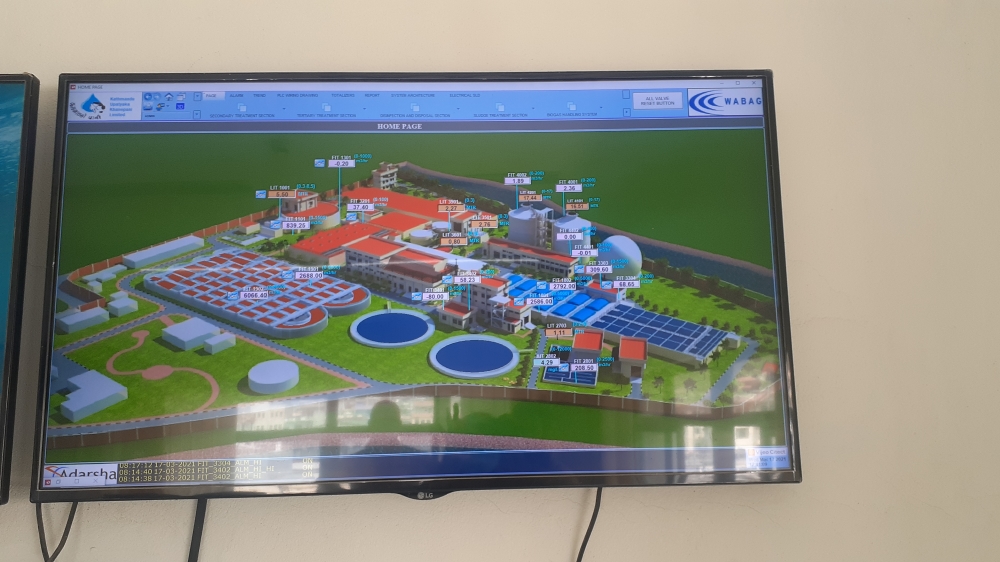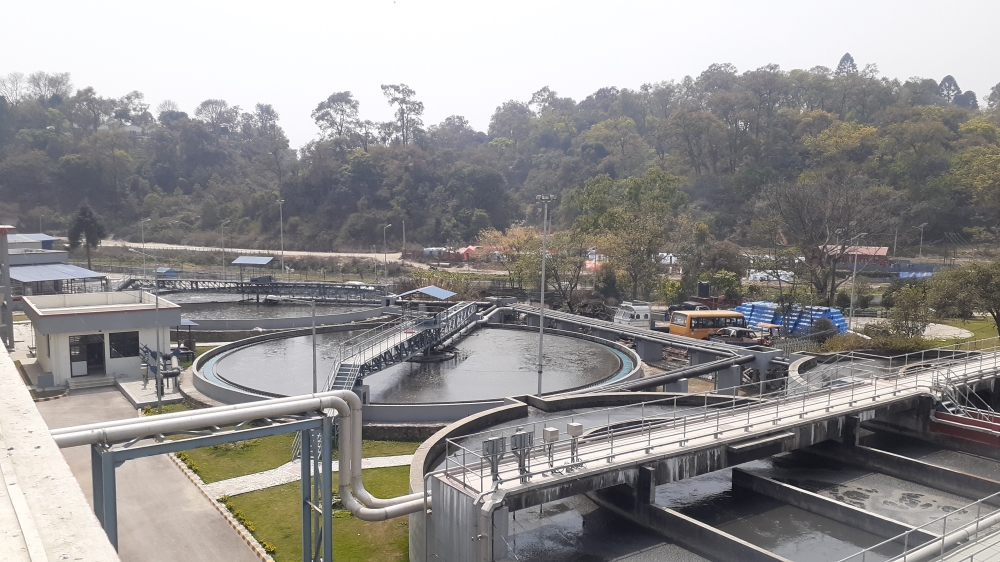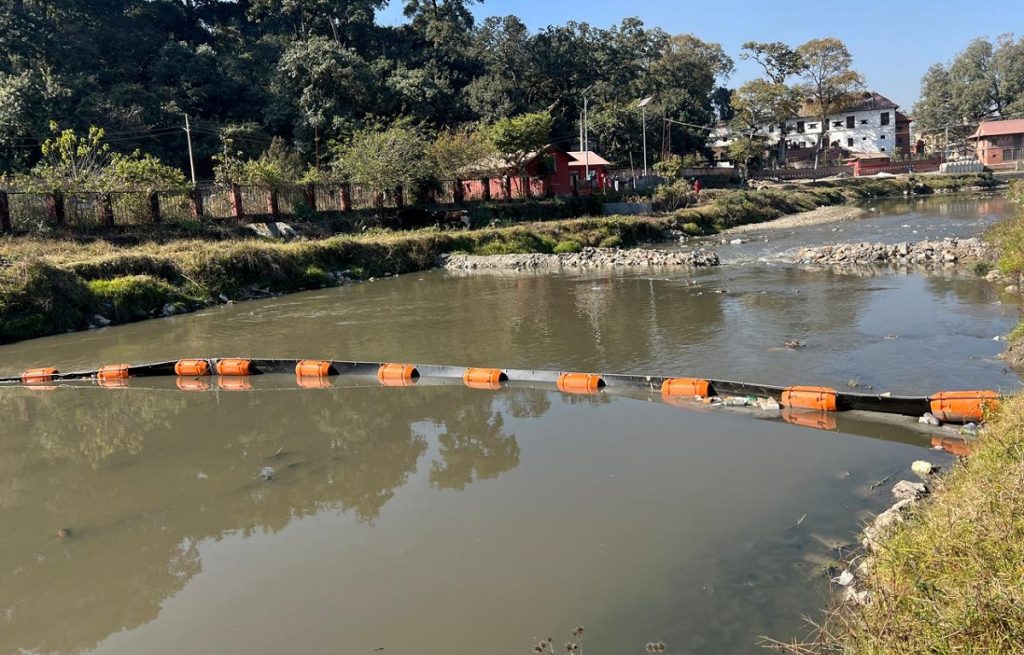Passing anywhere near rivers and streams in Kathmandu, one gets a whiff of something unpleasant. One can either breathe in the same air or close their nose and mouth to stop the torture. This problem is prominent during the dry season when the water level is at its lowest with sewage being mixed into it continuously. Everybody realises it is bad for the water resources, but putting a stop to this uncultured practice has been difficult. But, it is not true that one has not tried.
It has been 20 years that Kathmandu Upatyeka Khanepani Limited (KUKL) has initiated a wastewater treatment plant at Guhyeshwari next to the Bagmati river. However, it is existing away from the public’s notice may be because the plant has not been able to show any significant changes in the water conditions.
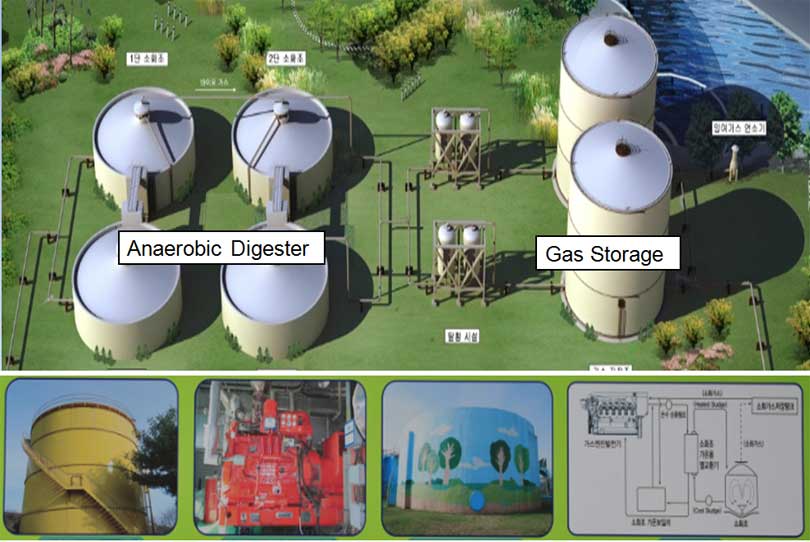
Recently, this has been expanded into a bigger and more advanced water treatment plant under the project ‘Rehabilitation and Expansion Waste Water Treatment Plant’. It is managed by Kathmandu Upatyeka Pohor Pani Byawasthapan Aayog that functions under the Melamchi Drinking Water Project’s Project Implementation Directorate.
This expansion project was conceptualised for Kathmandu in 2013. It started with the Asian Development Bank (ADB) funding of USD 136 million for the first phase. The expansion project started in 2016 and finally ended in 2020.
Why the city needs the system?

The primary reason for the need for this water treatment system is to curb and mitigate the sheer amount of water pollution level. “Our water resources, mainly rivers and streams, have always been polluted with sewage. It is a result of poor planning and execution supported by the poor waste-dumping habit of people,” says Project Manager Chandra Kumar Shrestha, restating that people need to change such habits for the project to meet its objective.

“Out of the total water consumption in Kathmandu distributed by the KUKL, 80 per cent of it gets converted into wastewater every day. But, we have not been able to treat them properly,” he adds.
The previous plant treated about 12 million litres of waste on a daily basis. The plant was very ineffective because it could not withstand the wastewater flow; its existence was insignificant.
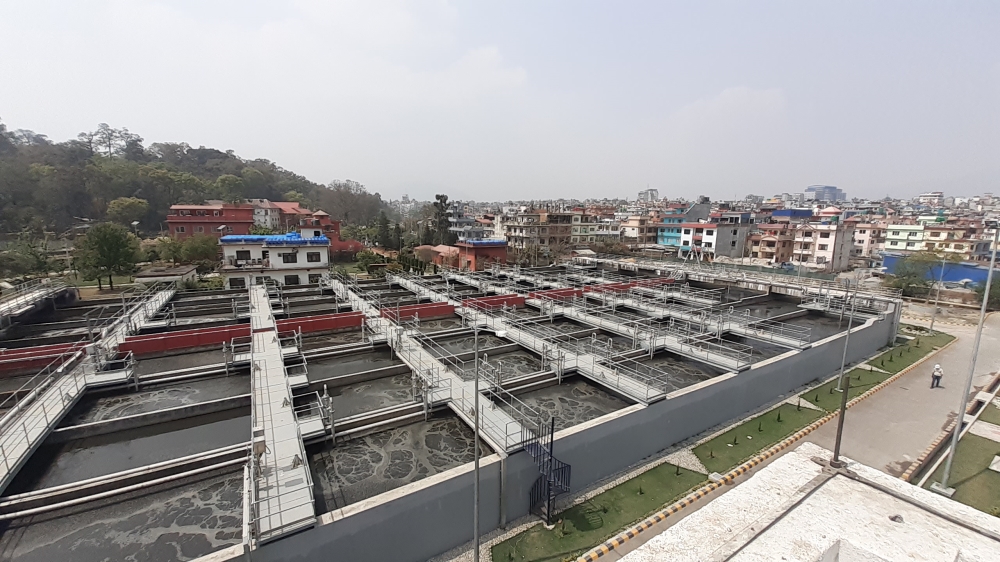
Now, the expanded water treatment system collects about 3.24 million litres of sewage waste on a daily basis and releases the treated water back to the rivers. According to Shrestha, this is only about 25 per cent of the total sewage waste that gets treated. This totals to the waste collected from three million people.
But, treating only 25 per cent of the wastewater will not change the status of the rivers. “Yes, we realise that the treated water is getting mixed back to the polluted rivers. However, one should also understand the damage to rivers would have been higher if we had not intercepted that 25 per cent.”
High hopes
He adds, “In Nepal, the biological oxygen demand (BOD) level in sewage should be 50 mg/L. But, the treated water we are sending back to the rivers has only 10 mg/L, this is on par with the international standards. We have drastically minimised it from 500 mg/L; it has to account for something.”
According to the official, the treatment plan as of now is unable to curb the total water pollution. But, by 2030, when everything goes according to the plans, it will be able to collect and treat almost all wastewater that comes out from Kathmandu valley households.
“Under the project, we have plans to establish three more treatment plants in Kathmandu valley: one in Sallaghari (Bhaktapur) with a capacity to treat 1.4 million litres of wastewater daily, the second in Balkumari (Lalitpur) with a capacity to treat 1.7 million litres of wastewater, and the third in Dhobighat (Lalitpur) with an area to build two treatment centres of 3.7 million litres each. We also have a plan to set up a smaller treatment plant at Gokarna (Kathmandu) in coming years,” informs Shrestha.
Shrestha realises the plan might not be enough to cover the growing settlement. For that, he says, the project plans to put other community-level treatment plants to complement the four big treatment plants under the KUKL.
How the system works
The process first starts with the interception of wastewater. “The integrated sewage system from households are collected into the main pipe that is directed towards the rivers. Since the rivers are the lowest collection points, we lay a separate pipe right next to the riverbeds and intercept the wastewater flow from mixing into the water,” explains Shrestha.
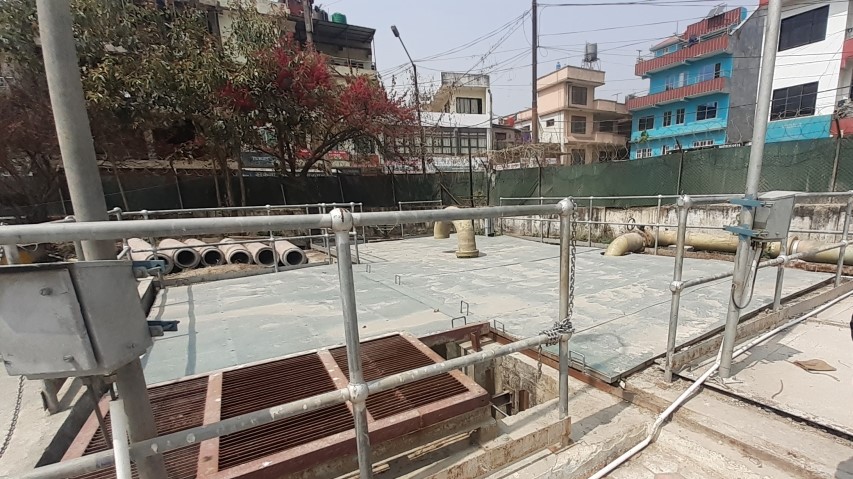
At Guhyeshwari, two major pipelines collect the wastewater: one from Gaurighat and the other from Jorpati. The water gets collected at the incineration chamber; from there, the liquid gets pumped to the next section for primary sedimentation treatment. In the first chamber, the majority of solid and other waste bigger than 20mm gets filtered and then sent for further filtration. In the next phase, the water is further treated and any particle bigger than 6mm gets filtered and taken out.
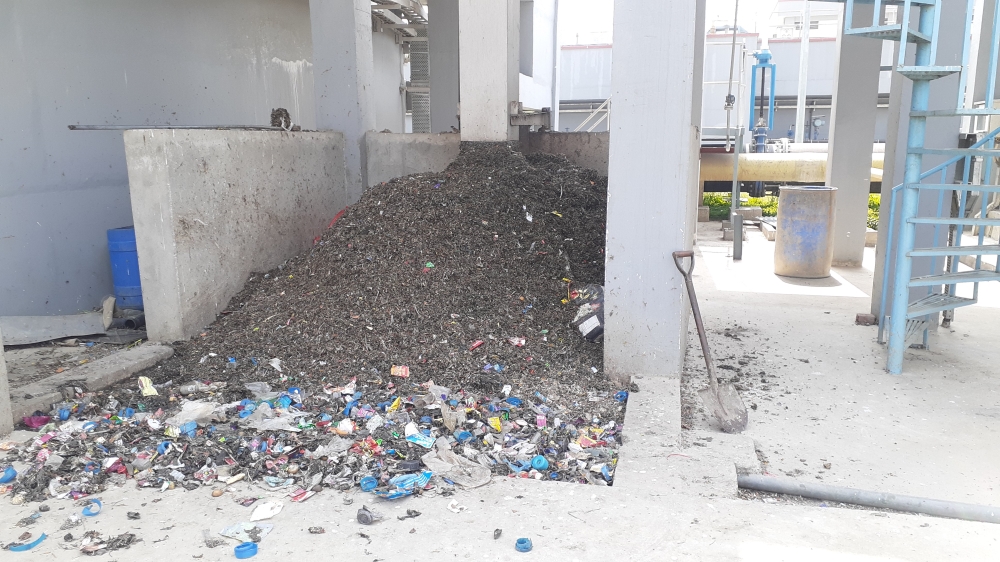
The processed water then gets sent to the secondary treatment system. Here, the water is treated with air, called the aeration technique. When the water gets treated with air–using an in-house air blower–it allows the bacteria in the water to react with the polluted water.
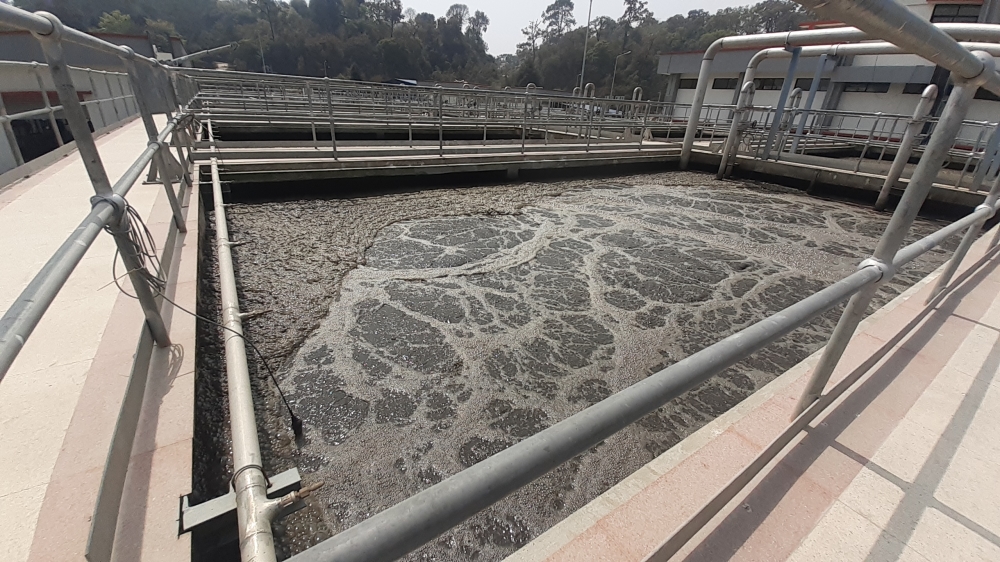
The treatment allows bacteria to foster, create a community, and as a result, they react with the water-soluble to form solids.
The solid is again treated and taken out as soil. The produced soil has not been put to use whereas the solid waste filtered out is currently being dumped in landfill sites.
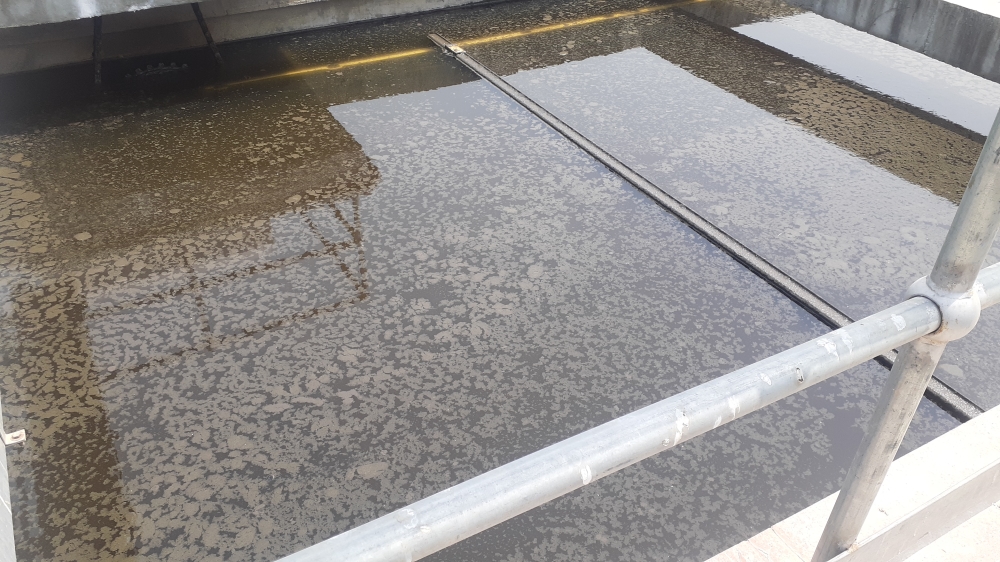
As for the water, the liquid gets treated and any particles are sedimented further giving clear water.
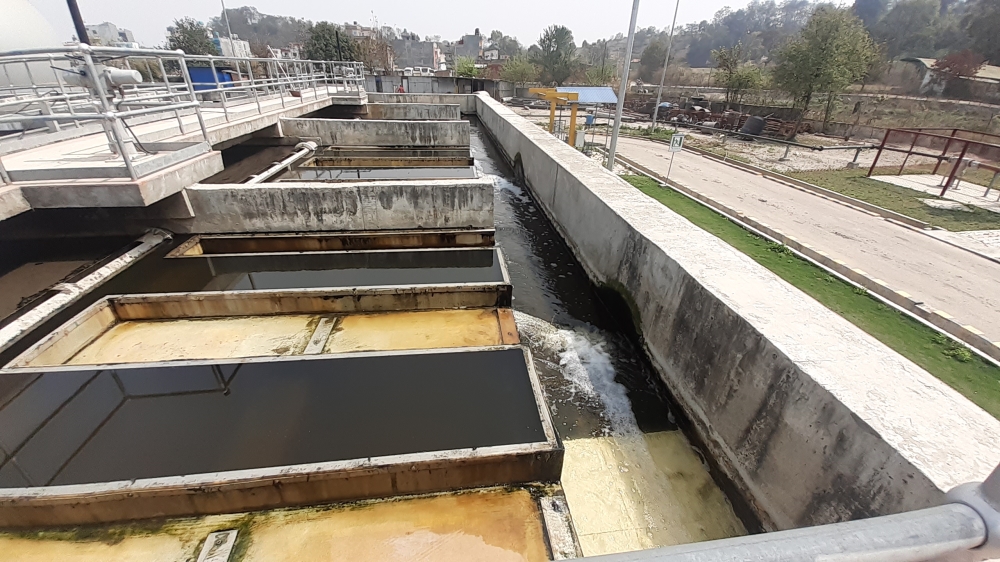
This water further gets pumped to the next phase of tertiary water treatment. The water here is sedimented and treated with active chlorine to kill any pathogen still present in the water.

Post all the processes, the water is clear enough to be mixed into the water or reused for irrigation and flushing purposes. It is not good enough for drinking or sanitation purposes yet.

Normally, the water gets released into the Bagmati river, nearby the treatment centre. During the monsoon, when the water flow is higher, the water is released near Tilganga.
For solid waste, there is a separate process. After being separated from the collection point, it undergoes the sludge treatment. Here, a gravity thickener is used in addition to a mechanical belt to treat solid waste further.
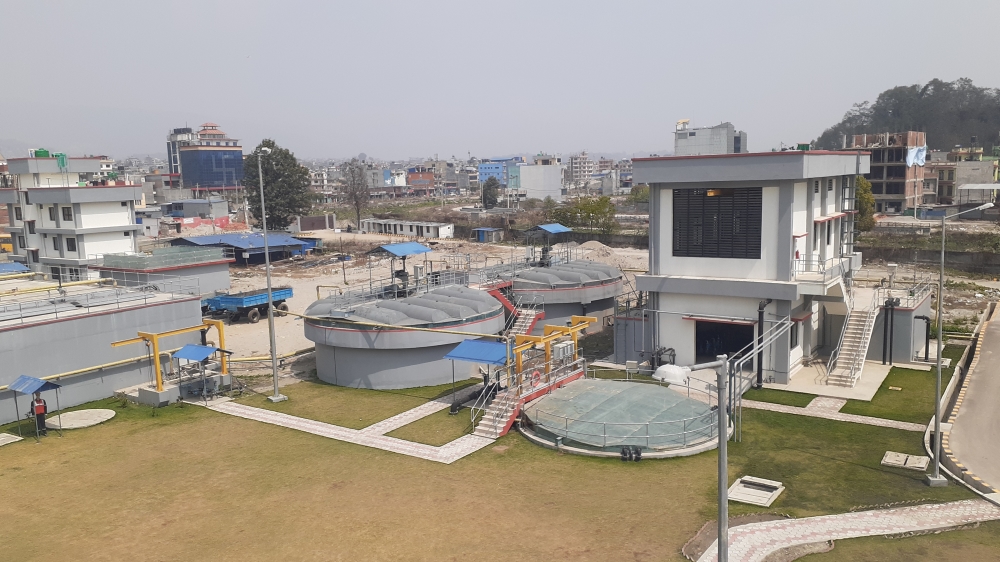
Then, it gets sent towards the anaerobic digester set up in two tank-like structures where they get stored for up to 20 days.
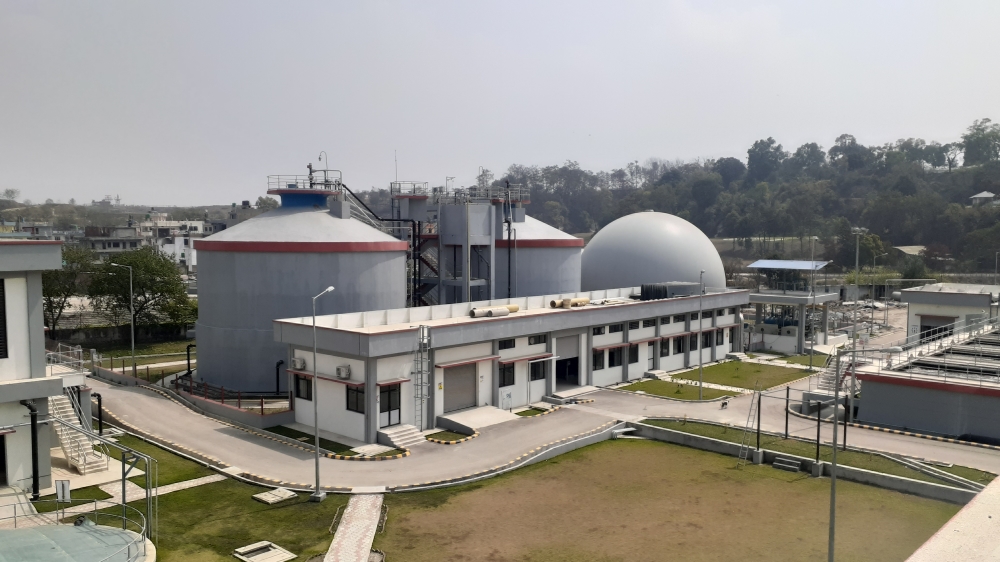
Finally, as the end-product, methane gas is produced that is used as biogas. “Of the 650 kw of energy required for the plant to operate, we can produce up to 320 kw after the full operation. At present, the biogas produced covers over 30 to 40 per cent of energy consumption of the plant.”
All the system is integrated with the technology allowing the officials to optimise and monitor the progress as well as any disruption that occurs in the plant in real-time. This and the fact that the sections are divided into chambers allow them to tend to any kind of obstruction in the system at the earliest without having to shut the whole system down.
